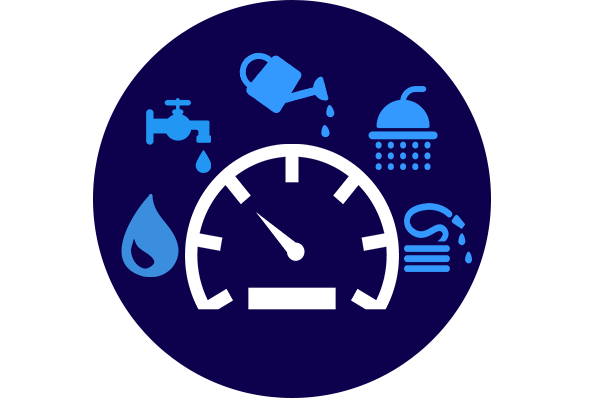Many of the local governments we assist at the Environmental Finance Center struggle to raise enough money to support their environmental services. Often, we work with these communities to improve the finance and management of their systems through better rate setting, cost controls, and long-term planning. But another solution for struggling communities is to increase and strengthen their customer base through community and economic development.
EPA has a number of programs and resources aimed to revitalize communities through “Smart Growth” economic development, which builds upon existing assets, takes incremental actions to strengthen communities, and builds long-term value to attract a range of investments. In previous posts on the School of Government’s Community and Economic Development blog, we looked at aspects of EPA’s Smart Growth initiative including their new Framework tool for Small Cities and Towns as well as Smart Growth efforts here in North Carolina. This post examines another aspect of the Smart Growth initiative: the Building Blocks for Sustainable Communities program.







